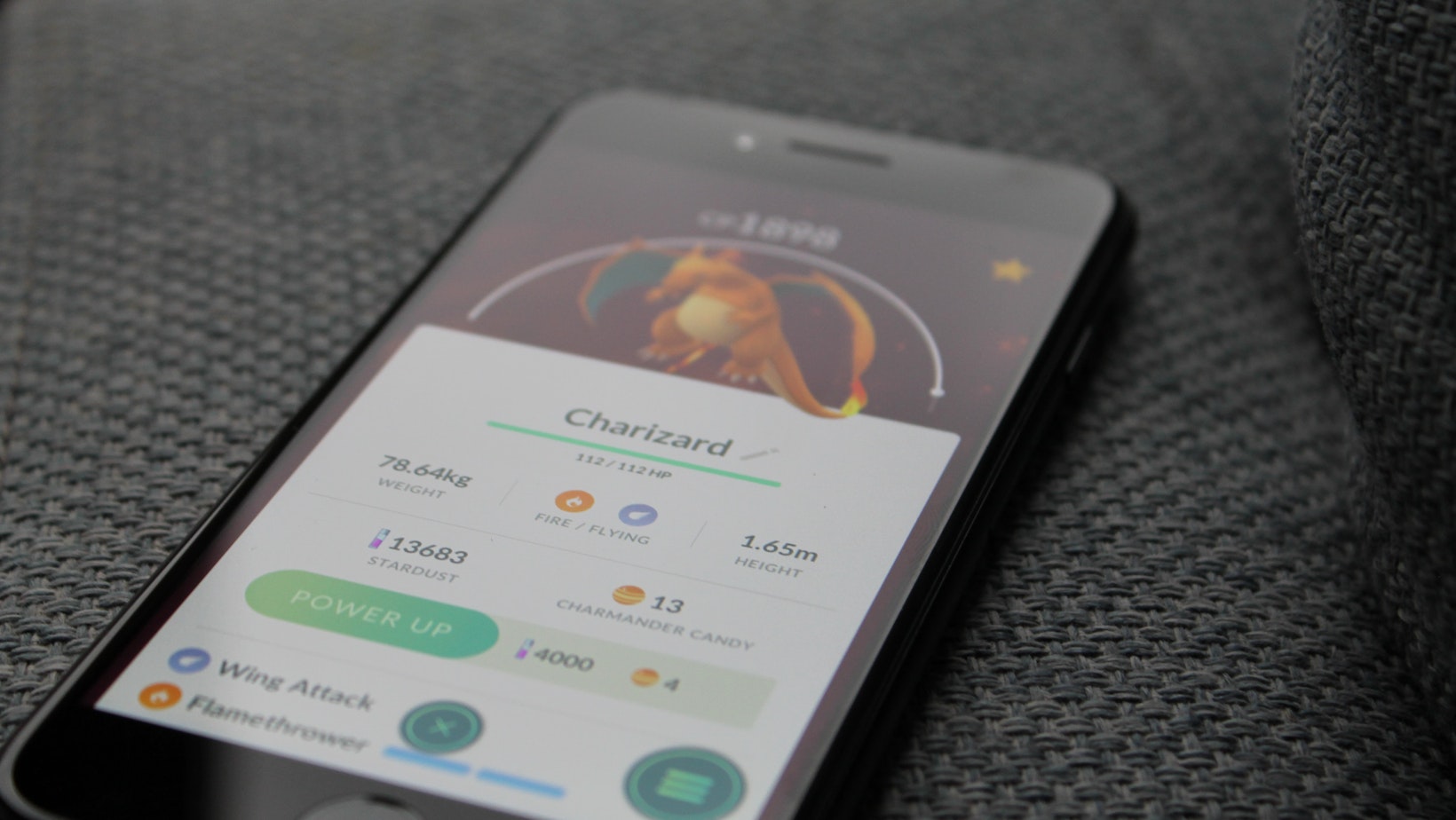Mobile apps are part of our lives, and considering the expanded opportunities for developers, they also improve your daily tasks. From apps that help us monitor our steps to those who tell us the weather, they simply make everything easier to measure and organize. But these features are only a small portion of what these technologies can do.
Mobile apps are now integrated with Augmented Reality, Virtual Reality and even Artificial Intelligence. If this seems unbelievable, wait until you see developers creating apps through smart contracts on Ethereum and deploying them on blockchains. This, of course, is meant for a specific customer audience approaching unique technologies like cryptocurrency, but they will soon become more popular.
Regardless, mobile apps are changing and offering us numerous features that will enhance everything we do, so let’s see what trending mobile apps you should know about.
Table of Contents
ToggleAugmented and Virtual Reality Apps
These two technologies are strongly intertwined but offer quite different features. Augmented Reality (AR) is frequently introduced in branding and video games by using real-world settings to blend the virtual and real worlds through a smartphone. On the other hand, Virtual Reality (VR) is an extension of AR since it requires a headset device that helps you immerse yourself in another world.
A great example of an AR app is Pokémon Go, which was a huge success a few years ago. Now, more companies are approaching these technologies. Ikea introduced the AR feature to allow users to see how new furniture would look in their homes. Google has the “Live View” option in Google Maps, where users can see directions in real-time with AR and VR technologies.
Entertainment and Gaming Apps
Gaming may be one of the most developed sectors where there are plenty of mobile apps that provide some of the best experiences. The great switch from playing games on a computer to a regular smartphone made these apps one of the most successful fields in mobile application development.

As they’ve provided easy and fast access to entertainment, more businesses created extensive mobile apps for customers who prefer comfort. Netflix is available on a regular smartphone and allows users to watch their shows at excellent quality. Spotify also has unique features. But nothing tops YouTube, the app that’s among the most used worldwide. It may be that entertainment apps will never disappear but will expand and multiply in the future.
Apps with Wearable Technology
Wearable devices have experienced a spike in popularity recently. It all started with the Apple watches, which have so many features that track the level of your exercise, your routes and your body oxygen. Of course, they’re not made only for showing you important body features but also to make it easier to contact your friends and family and open your smartphone only for an important notification.
These wearable devices’ benefits include being lightweight and easy to navigate. But they’re not made only for regular users who want to track their health. Those who want gaming accessories, access VR and AR applications, and require medical monitoring of complex health conditions might find these technologies beneficial.
Foldable Devices Need Special Apps
If your smartphone just isn’t enough, or you became interested in the new foldable Samsung phone, it would be best to look for options that work with the technology. While foldable phones are unique, they might need that extra care for seamless work. A larger screen means multi-windows that need to be adequately measured and organized.
Of course, these foldable devices work wonders for those in the entertainment sector who watch movies or play games on their smartphones because it allows them to expand the experience while also transforming the device into a regular one after they’re done with their leisure time.
5G Technology for Apps
Incorporating 5G technology into more apps means users will benefit from a smartphone’s features like never before. It’s been some time since we’ve heard about it, but 5G will be included in smartphones more frequently from now on, meaning that internet connection will be faster, latency will be reduced, and smartphones will benefit from higher resolutions.

If developing more enhanced apps wasn’t enough for an improved user experience, 5G aims to take that to the next level and introduce us to another era of the internet. By enriching the mobile app performance, 5G will provide all companies with a better environment for offering their apps to the public.
AI and Machine-Learning Apps
Artificial Intelligence was this year’s most roaring trend, as it got people’s attention more than anything. Well, if used with intention, AI and machine learning can also improve mobile apps.
For example, FaceApp and MyHeritageApp allows users to play with their photos and make everything authentic, from pictures of old relatives to memorable appearances.
While AI in apps allows us to perform tricks with our imagination, machine learning does the
work backstage by enabling developers to work with valuable data sets and real-time analytics. At the same time, it enhances social media features, product recommendations, and more advanced options like sentiment analysis.
Will Improved Apps Face the High Demand for Technology?
There’s been an increase in demand lately for all kinds of apps and unique features that satisfy consumers’ needs. While they’re all justified considering the level of development we’re capable of, they can’t be simply provided overnight, and their expansion speed is also limited in certain regions. For these upgraded technologies to be a worldwide success, they have to be accessible in terms of easiness and UX but somehow created in accordance with a target audience. Therefore, making them available takes a lot of effort and teamwork, so maybe it’s best to wait a little longer but get premium apps.
Final Considerations
Mobile apps are increasingly becoming part of a person’s life, and they’ve evolved so much in the past decade. However, technology and communities also changed rapidly, meaning that mobile app developments are required at a similar pace. So, we’re waiting for 5G and foldable smartphones to become the norm.







